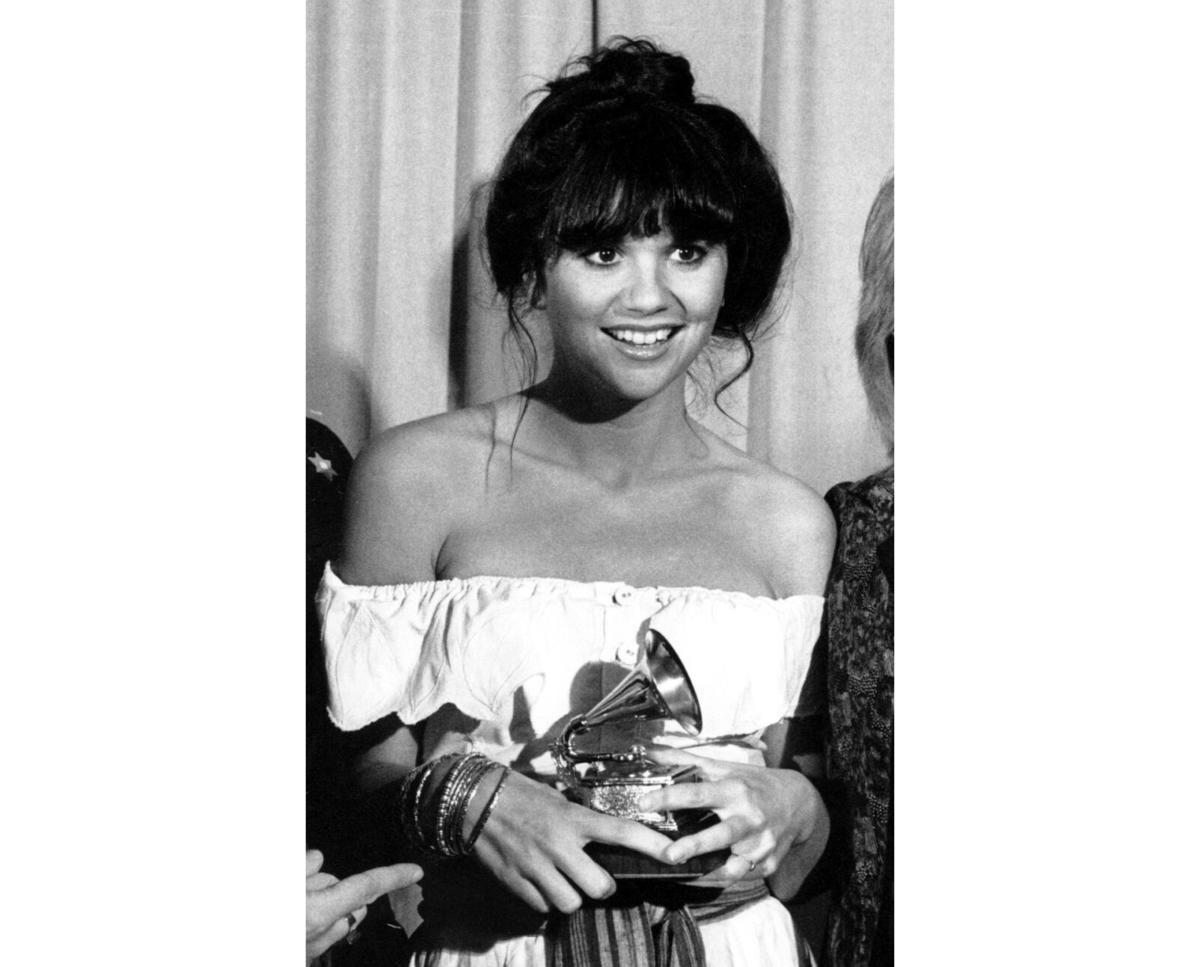You don’t imagine, when you’re 17 and a high school senior, that you could ever be 77. But then, you turn around, and there you are. Old. Granted, a mirror — along with the creaking knees and sagging parts — could tell the story, but, inside, you’re still that 17-year-old.
This was a recurring thought to me this spring, leading up to my 60th (yes, 60th!) high school reunion. Catalina High School, class of 1964.
I loved my graduation. That time of year in Tucson, with its still-cool nights, air redolent of someone’s gardenias and the pools’ chlorine, when school orchestras strike the opening chords to “Pomp and Circumstance,” I still recall mine, and get a catch in my throat. It’s a time of such promise.
I wasn’t sure I wanted to attend this reunion. My own small group of high school friends was dispersed and wouldn’t be coming. I dreaded the thought of seeing 70-somethings in Hawaiian shirts trying to work it on a dance floor. On the other hand, I was curious to see how lives had panned out for that promising class.
I knew I already relished the stories of the smart bad boys becoming successful doctors; the quiet oboe player happily living with his husband in San Francisco; the Mexican-American girl who eschewed the senior English final, didn’t make it to graduation, and became an international star.
Which is what I put in an email to that star.
I’ve had intermittent, brief contact with Linda Ronstadt through the years. We met the first day of high school. Part of a gaggle of girls at the freshman lockers, she started laughing, peed her pants a little, and then just sat down in it, still laughing. I thought that was just the coolest thing ever. (She later admitted she always carried “an extra pair of knickers.”) Through high school, we’d see each other in class (in alpha order, her “R” could put her in an adjacent row to my “W”) and at parties (she gave good ones). Call us high school friends.
We reacquainted once she was well into her career. I was teaching at Tucson High when Linda’s “Canciones de mi Padre” came out. It ignited cultural pride, and Mexican-American student leaders in my senior English class wanted to invite Linda to be the commencement speaker. She declined commencement but came to their English class anyway. She sat in a student desk and chatted companionably (the kids were comfortable and delighted with her; the staff were all atwitter). She and I had lunch at the Greek restaurant on Sixth Street afterwards.
She would refer to that lunch years later, when we next met.
That was about 2010, when migrant deaths in Southern Arizona had become a serious problem. I was with a group of No More Deaths volunteers heading to a meeting in Nogales and we stopped in Green Valley to collect some Green Valley Samaritans. Although she was living in San Francisco, Linda was among them, having become involved in border work with the Green Valley Sams. “Hey, Chris, I have you to thank for my children!” she said, as we greeted. As she recalled it, at that Greek lunch, we talked about parenting. She had a boyfriend, she said, who was not necessarily father material. So … apparently Linda came out of that gyros-and-retsin committing to children rather than that boyfriend.
We had some email communication over that period, mostly about border issues. Linda offered to help me reconnect one of our deported No More Deaths volunteers with his family.
In the interim, my volunteerism fell off and Linda carried on being famous.
She came back into my radar earlier this year, though, when I reviewed a book by her friend Ann Haralambie, whose adoption experiences bonded them. That, and the upcoming class reunion, moved me to try to contact her. Using her old email address, I wrote that I hoped it would reach her; I hoped she was doing well; I hoped that her now-adult children were happy; and was there anyone she’d like me to ask about, at the reunion?
To my surprise, Linda answered. With her permission, I share a few of her life updates.
She was gracious: glad to hear from me, she said. Her daughter has a gratifying job in horse rescue, and her son, successful in the computer world, lives nearby with a lovely girlfriend. She welcomed news about Tucson.
And then a bombshell.
Her health, Linda wrote, has been “icky.” After a trip to Tucson this February for the gem show, she came down with a second case of COVID. Complicated by her Parkinson’s, it laid her low. She was hospitalized twice. When she came out, she had lost her capacity for speech, for hearing, and for walking. She immediately entered physical therapy.
This was staggering news. We’ve heard the word “unfair” thrown around casually and pathetically these days. That is ridiculous. What is really unfair is a songbird locked out of the world of sound.
The good news, according to Linda, is that she’s receiving attentive, around-the-clock care. She is regaining her power of speech through hard work, and she sounded familiar and articulate in a recent phone call. Her hearing loss, on the other hand, is probably permanent.
Linda has never stepped away from difficult challenges. Whenever she was advised not to venture into a new musical genre, she ventured anyway: beyond rock, she risked singing Standards, musical theater, opera, Mexican music. When she could no longer sing, she wrote books: “Simple Dreams” and “Feels Like Home.”
Linda’s gutsy 17-year-old self valued the promise of the performance stage over the graduation stage, and she pursued it. That girl is still in her.
Linda Ronstadt continues her Tucson Festival of Books panel with stories about her childhood. Her book "Feels Like Home: A Song for the Sonoran Borderlands" highlights her life and legacy. Video by Pascal Albright/Arizona Daily Star





